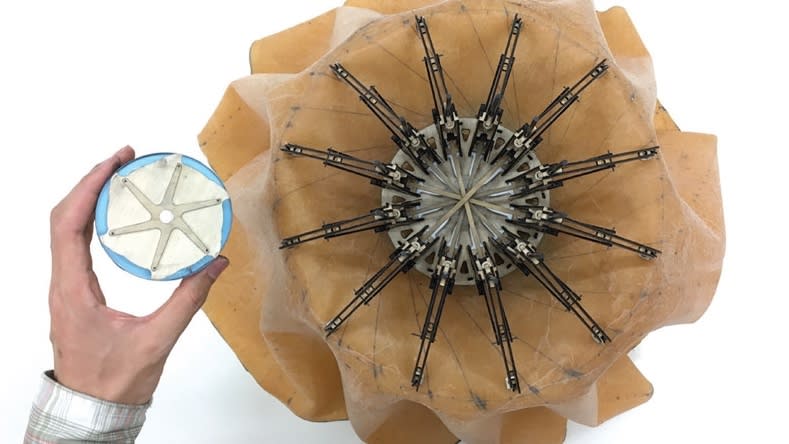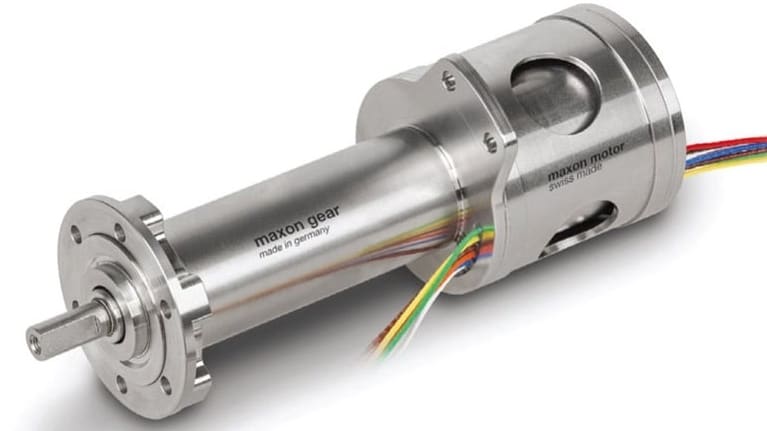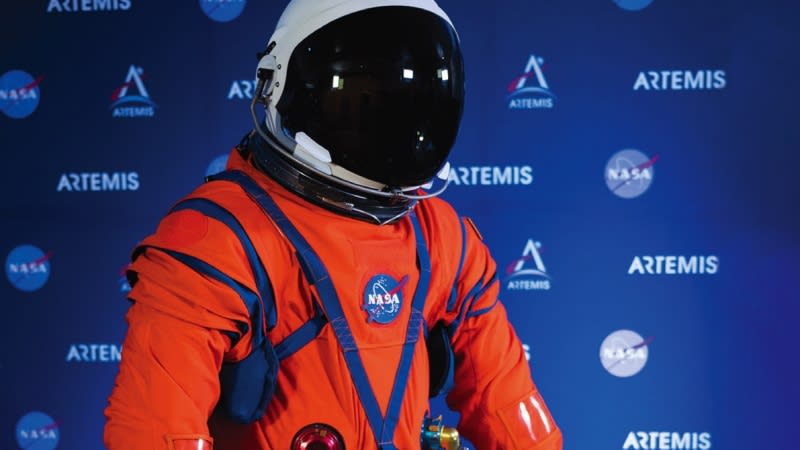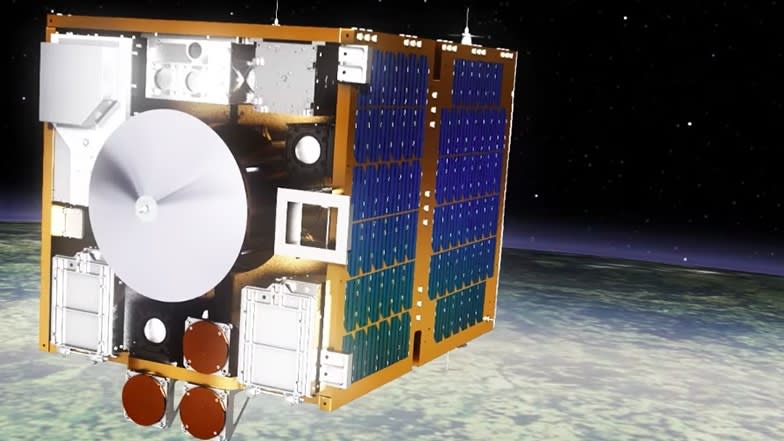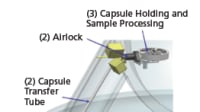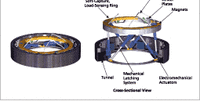In response to the loss of seven astronauts in the Space Shuttle Columbia disaster, large, lightweight, inflatable atmospheric-entry vehicles have been proposed as means of emergency descent and landing for persons who must abandon a spacecraft that is about to reenter the atmosphere and has been determined to be unable to land safely. Such a vehicle would act as an atmospheric decelerator at supersonic speed in the upper atmosphere,and a smaller, central astronaut pod could then separate at lower altitudes and parachute separately to Earth.

Two preliminary cocoon ballute "lifeboat" concepts are shown in the figures. The cocoon portion of the vehicle would be, more specifically, a capsule pressurized to 1 bar (0.1 MPa — approximately 1 standard atmosphere). Crewmembers would enter the cocoon pod and then zip it shut. The spacecraft would be placed on a reentry trajectory, and the inflated cocoon with deflated ballute would be ejected.
Once the vehicle was safely away from the spacecraft, the entire ballute would be inflated. For this inflation at high altitude ,the ballute would be pressurized to about 0.01 bar (1 kPa). As low as this pressure is, it is at least ten times the expected dynamic pressure on the vehicle during the heating portion of very high atmospheric reentry, and hence it is sufficient to enable the ballute to retain its shape.
From thermal reentry heating analyses performed at JPL, the diameter of the inflated ballute would be made large enough (30 to 40 m) to limit the maximum temperature to about 500 °C — safely below the 600 °C limit for PBO, or equivalent.
The spherical ballute shown in the upper figure would have a mass of about 200 kg for a seven-astronaut rescue mission, while the lens-shaped ballute in the lower figure has been further improved by reducing the overall mass required and increasing the coefficient of drag. To maintain stability, the center of mass of both concepts must be kept low, and spin stabilization may be necessary.
This work was done by Jack Jones,Jeffrey Hall,and Jiunn Jeng Wu of Caltech for NASA's Jet Propulsion Laboratory. NPO-40156
This Brief includes a Technical Support Package (TSP).
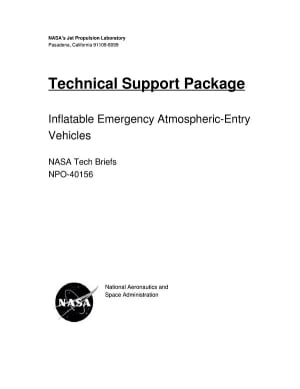
Inflatable Emergency Atmospheric-Entry Vehicles
(reference NPO40156) is currently available for download from the TSP library.
Don't have an account? Sign up here.


